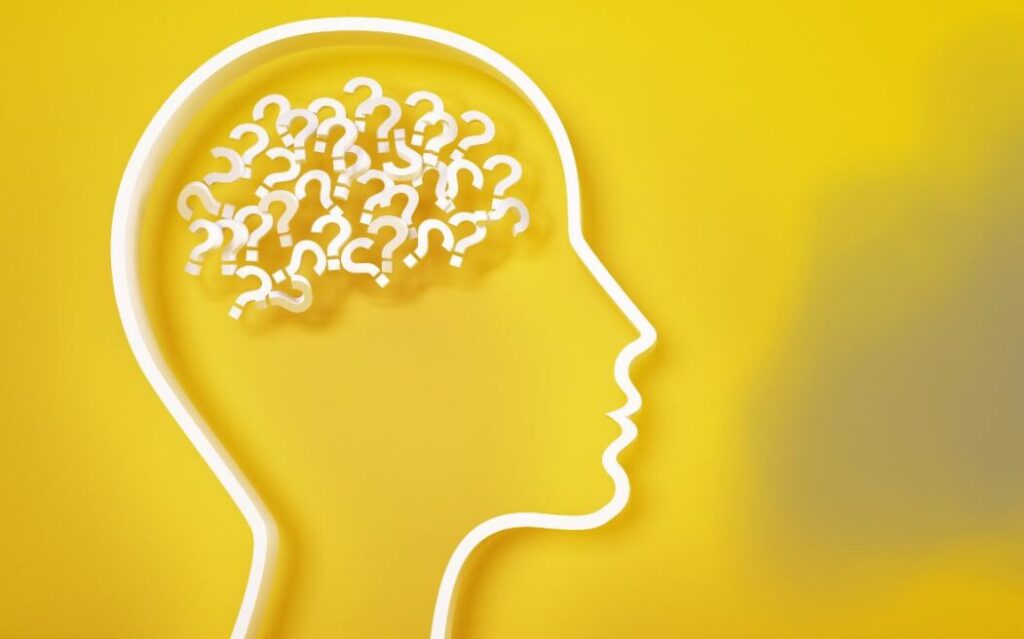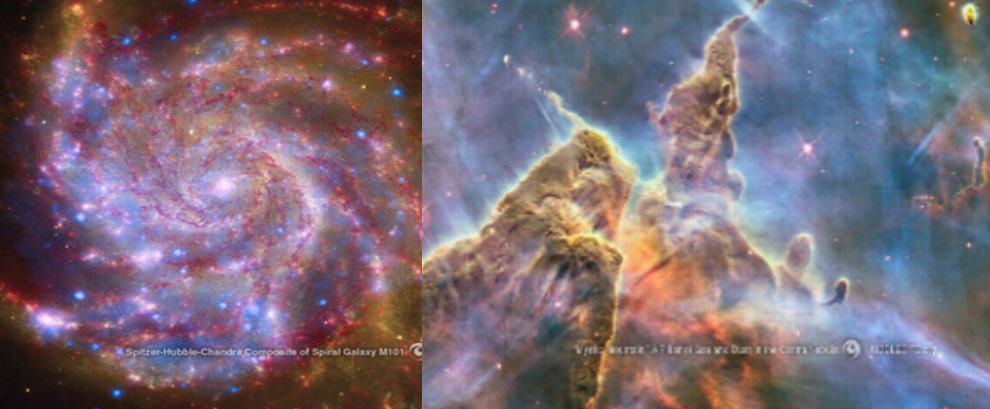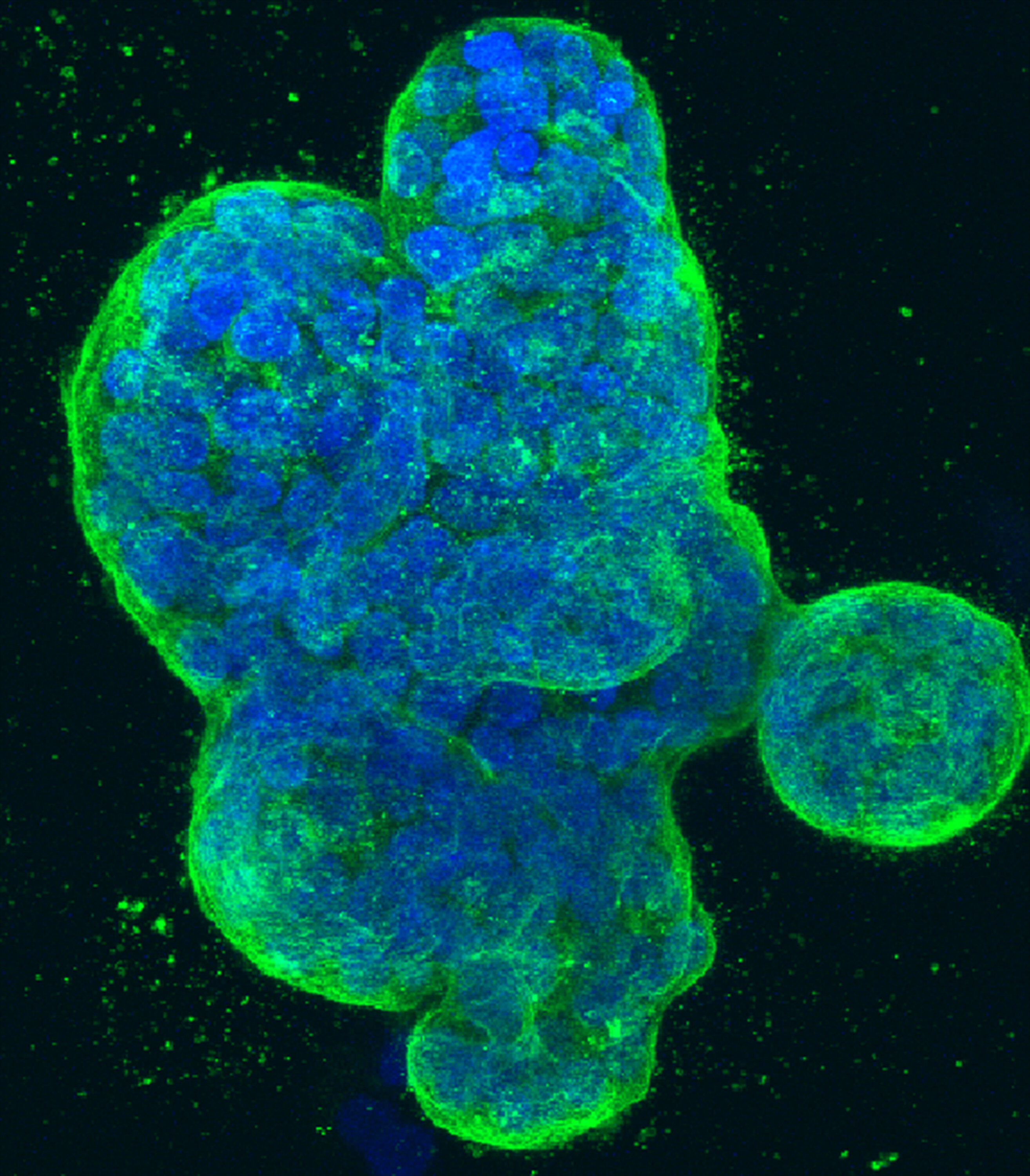
Exposure to certain pollutants, like fine particles (PM2.5) and nitrogen oxides (NOx), during pregnancy and childhood is associated with differences in the microstructure of the brain´s white matter, and some of these effects persist throughout adolescence. These are the main conclusions of a study led by the Barcelona Institute for Global Health (ISGlobal), a centre supported by “la Caixa” Foundation. The findings, published in Environmental Research, highlight the importance of addressing air pollution as a public health issue, particularly for pregnant women and children.
An increasing amount of evidence suggests that air pollution affects neurodevelopment in children...
Read More














Recent Comments